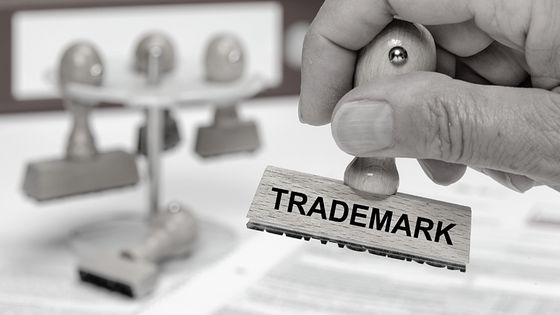Registering your brand as a trademark is the safest and most comprehensive way to protect your valuable intellectual property.
With the growth in global online trading, many business owners now register their trademarks in multiple countries to cast the net wider and ensure their assets are comprehensively protected by legally enforceable rights.

Key points about how to protect your trademark
- Monitoring
Once a trademark has been successfully registered, it is incumbent on the trademark owner to monitor the competitive landscape for trademark infringement and to take action to enforce their rights if transgressions are noticed.
There are several ways that a trademark owner can monitor for infringements, and these can either be done in-house or outsourced to a third party such as a trademark attorney who offers monitoring services. If a transgression is noticed or suspected, action can then be taken timeously.
You can subscribe to various monitoring services for this purpose, including:
- A trademark-watching service (either by country, region or globally) whereby the trademark owner is notified if an application is filed or accepted for an identical or similar trademark
- A domain name-watching service which provides a regular report on all new domains of interest
- A web watch service which identifies the online use of a trademark in relation to actual products or services
You can also use Google Alerts as a cost-effective way of keeping tabs on your trademark. Once you’ve set it up, Google will then email you an alert once your selected search term/s appears in the Google search results.
There is, however, no panacea for ensuring total brand protection. Trademark owners need to take a multi-pronged approach, be vigilant and be prepared to devote sufficient time and resources to protect their business’s intellectual property.
If an infringement is suspected, it is advisable to seek professional advice from a trademark attorney or lawyer as enforcing your rights and proving infringement can be complicated. Further, in some countries (including Australia) making an allegation of infringement that lacks merit can have legal ramifications.
- Strong brand guidelines
Brand guidelines that are applied consistently and diligently across a business are an essential part of sustaining brand protection. A comprehensive brand manual which includes clear guidelines on the use of the registered trademark/s is vital to maintaining a strong brand identity, and it should be distributed to your marketing team, affiliates, distributors and any licensees. This will help broaden ‘eyes on the street’ with regard to potential infringements.
If you sell branded goods, it is prudent to have a way that consumers can identify your genuine products from fakes or imitations.
- Register your trademark with relevant online marketplaces
Many online marketplaces such as Amazon, eBay and AliExpress have systems that allow owners of intellectual property rights to report listings that may infringe on those rights. These systems help with the enforcement of the trademark owner’s rights.
- Check the Australian Securities Investment Commission (ASIC)
ASIC offers a publicly accessible database service where you can search all company names and registered business names in Australia. Because ASIC manages and administers the registration as well as renewals of all business names, you can use this online tool to see whether any other businesses are using your trademark in their name. Note, however, the mere registration of a business name does not mean they are infringing your registered trademark but it is useful to see who might be in breach.
- Don’t let your trademark become vulnerable through non-use
Some trademark owners don’t realise that registered trademarks can be removed from the trademarks register if they have not been used in a relevant three (consecutive) year period. Someone else can apply to have a trademark removed on the basis of ‘non-use’.
It’s a case of ‘use it or lose it’ and the application for removal can be against all or some of the goods and services for which a trademark has been registered.
Key takeaways
As the trademark owner, it is your responsibility to protect and enforce your intellectual property rights. That’s why business owners need to pay close attention to how and where their registered trademarks are being used, why ongoing monitoring of trademark use is so important and why a strong and consistent brand identity is vital.



















